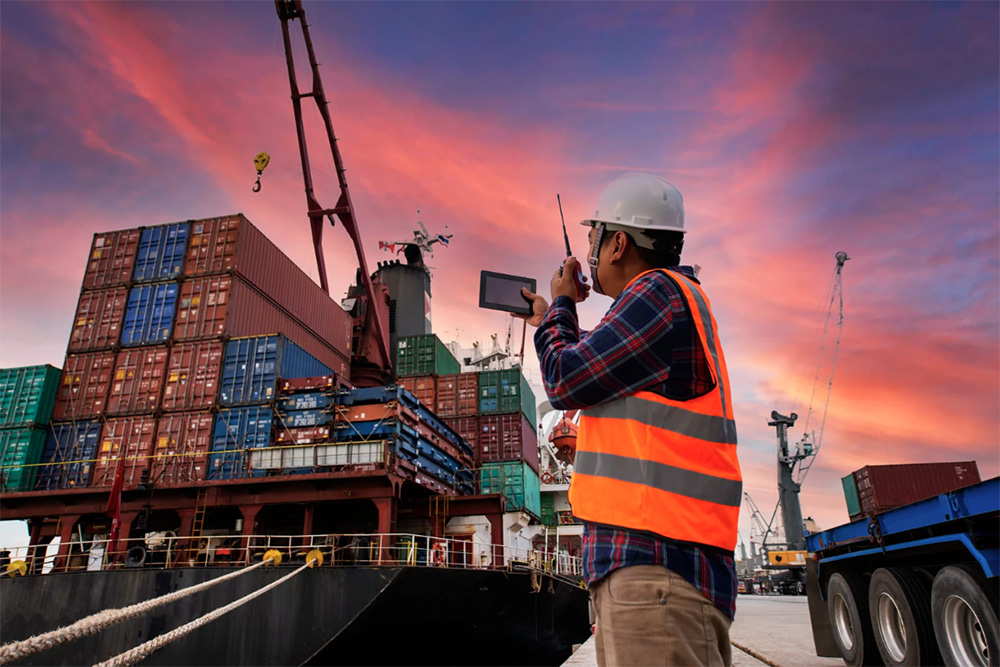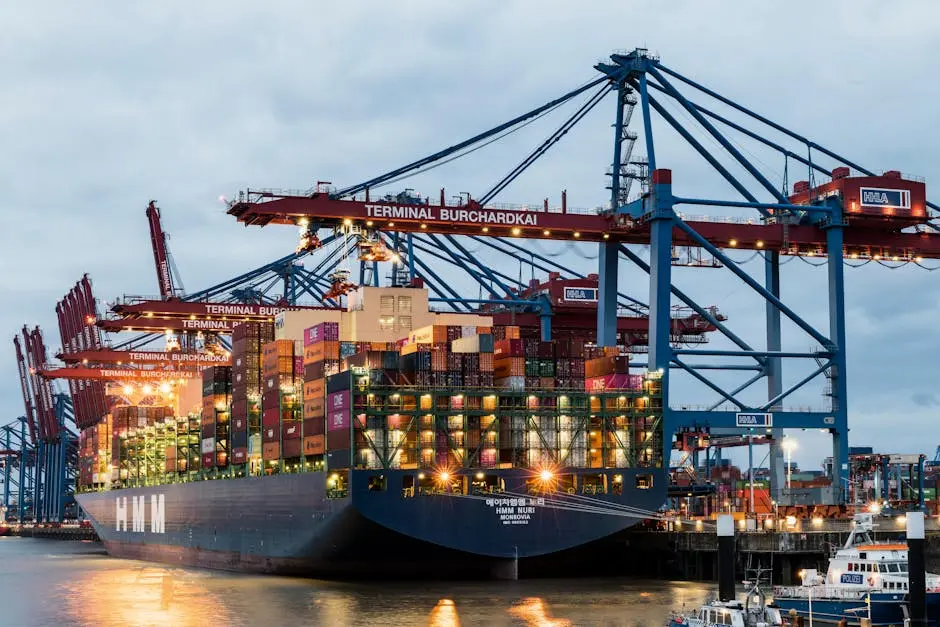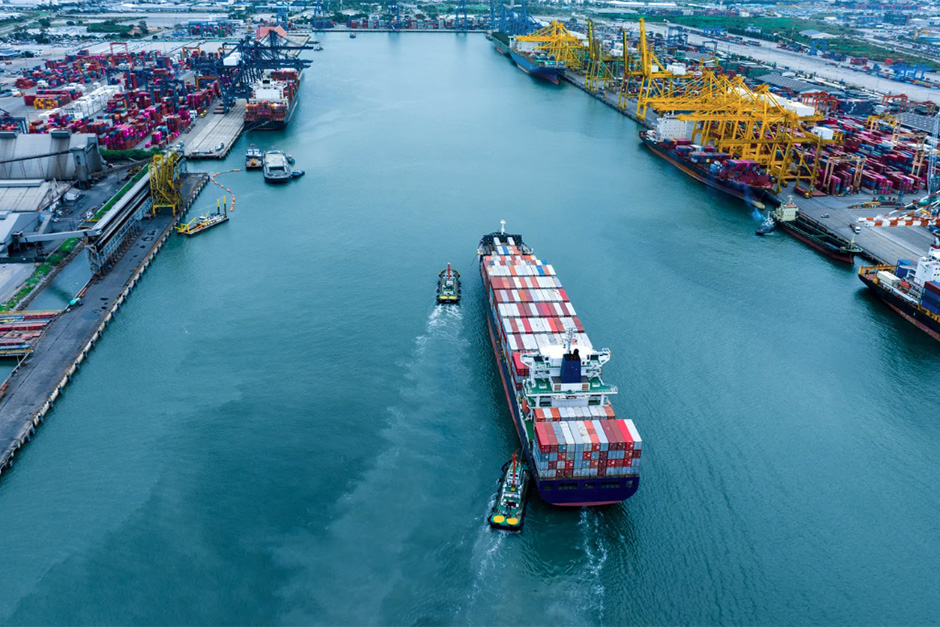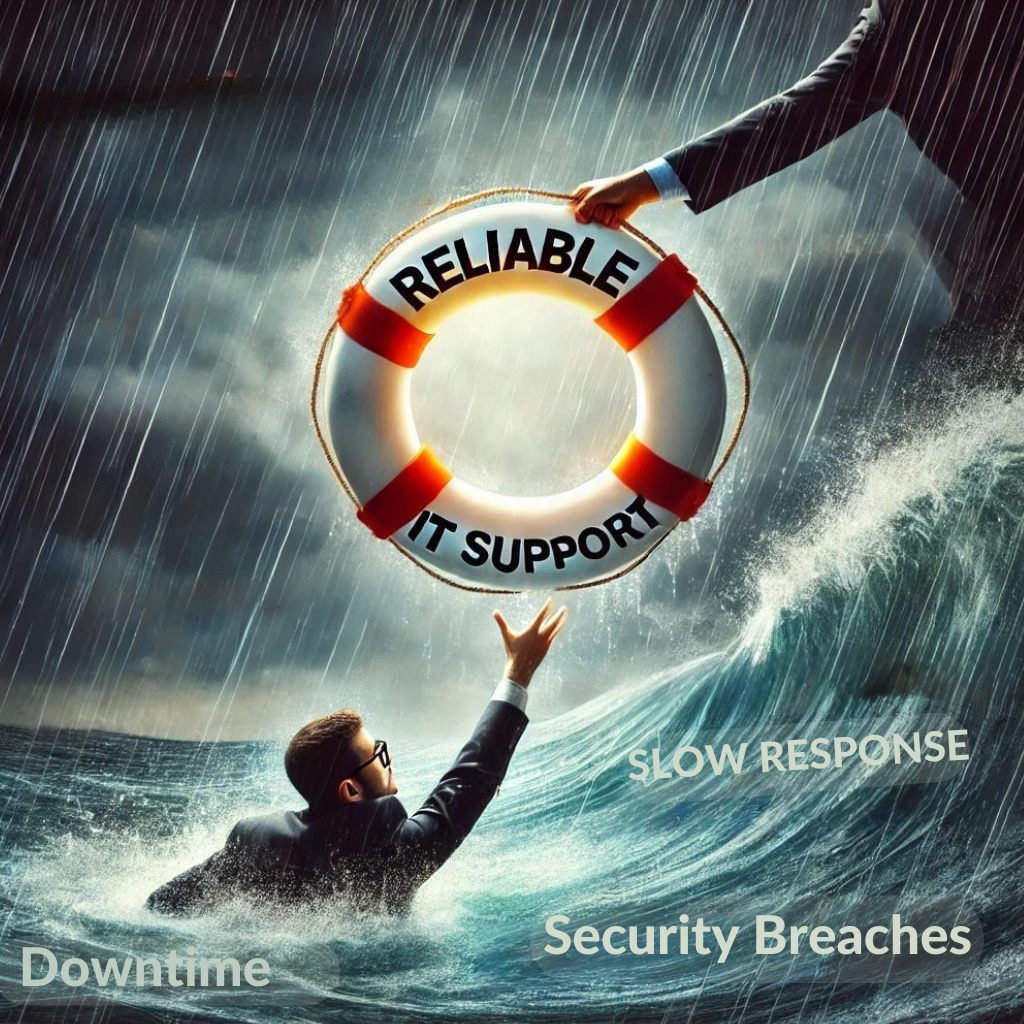
How Ports Lose Revenue Without Automated Billing
For many ports, billing is a behind-the-scenes process – until it starts costing you real money. Relying on spreadsheets, paper forms, or outdated systems means
As the maritime industry continues to evolve, ports around the globe are increasingly adopting cutting-edge technologies to enhance efficiency, safety, and sustainability. In 2025, several transformative technology trends are shaping the way ports operate, paving the way for smarter and more agile port operations. This blog post explores these trends, their implications, and how companies like Nicom Maritime are supporting the modernization of port operations.
Ports are vital nodes in the global supply chain, handling billions of tons of cargo every year. With growing demands for faster turnaround times, enhanced security, and reduced environmental impact, embracing technological innovations is no longer optional – it’s a necessity. These technologies not only optimize existing processes but also enable ports to stay competitive in a rapidly changing landscape.
Digital twin technology creates virtual replicas of physical port environments, enabling real-time monitoring and simulation of port operations. By providing a comprehensive overview of operations, digital twins help ports:
Nicom Maritime’s Role: Our custom software development services integrate digital twin capabilities tailored to port needs, ensuring seamless data visualization and actionable insights.
AI and ML are transforming decision-making in port operations by automating complex processes and uncovering patterns in large datasets. Applications include:
Ports using AI-powered systems report significant reductions in vessel berthing times and improved cargo throughput.
Automation is extending to vehicles and drones within port environments. Autonomous trucks and cranes are reducing human error, while drones are being used for:
Blockchain technology is revolutionizing maritime logistics by providing a secure and immutable ledger for transactions. Key benefits include:
IoT devices enable real-time tracking and monitoring of assets, cargo, and environmental conditions. Ports are using IoT to:
With increasing focus on sustainability, ports are adopting green technologies such as:
As ports become more connected, the risk of cyberattacks increases. Advanced cybersecurity measures are essential to safeguarding sensitive information and critical infrastructure. These can include:
Explore our cybersecurity solutions designed to protect critical port operations.
By leveraging these technologies, ports can achieve:
While these technologies offer immense potential, ports must also address challenges such as:
Nicom Maritime’s Expertise: We help ports navigate these challenges by offering end-to-end digital transformation solutions, from initial consultation to implementation and support.
At Nicom Maritime, we specialize in empowering ports with innovative technology solutions. Our services include:
Internal Link: Explore our full range of port technology services.
The year 2025 marks a pivotal moment for port operations as emerging technologies redefine what’s possible. From digital twins and AI to green technologies and IoT, the future of ports is smarter, safer, and more sustainable. By embracing these trends, ports can unlock new levels of efficiency and competitiveness.
Contact Nicom Maritime today to discover how we can help you stay ahead in this dynamic industry and support your port’s digital transformation journey.

Make smarter, faster decisions with a single view of your port’s operations. Nicom Maritime’s integrated dashboards connect billing, pilotage, dwell time, scheduling, and finance – giving your team real-time visibility into what’s happening across the port. No spreadsheets. No silos. Just clarity.

For many ports, billing is a behind-the-scenes process – until it starts costing you real money. Relying on spreadsheets, paper forms, or outdated systems means

A Port Management Dashboard gives port authorities real-time insights into operations, helping them make faster, smarter decisions. With powerful data visualization tools, ports can improve efficiency, optimize logistics, and boost revenue tracking – all from a single interface.

What Happens When Your Systems Fail? Imagine a busy port, pilotage authority, or maritime exchange preparing for the day’s operations when suddenly, critical systems fail: